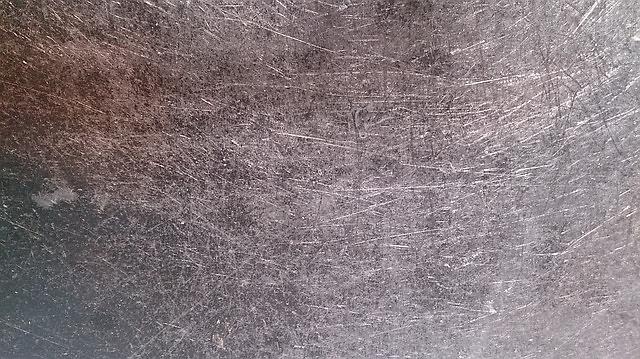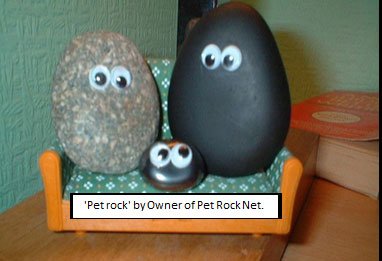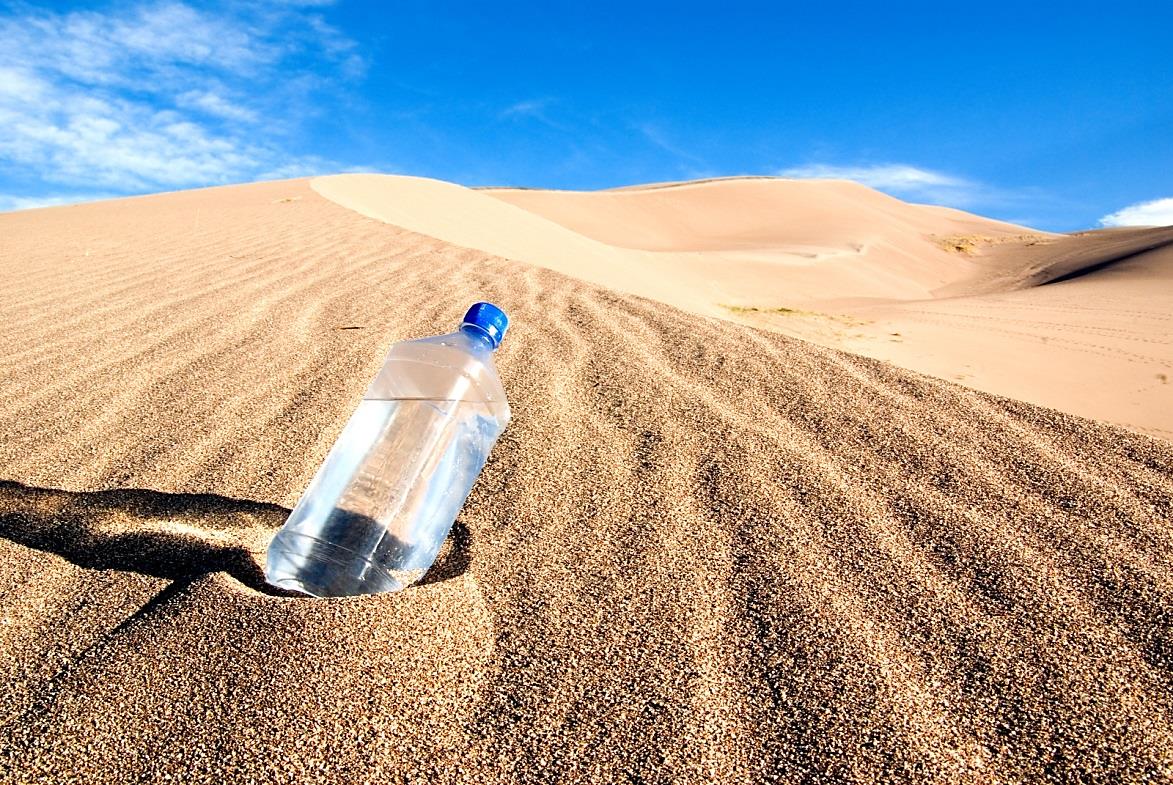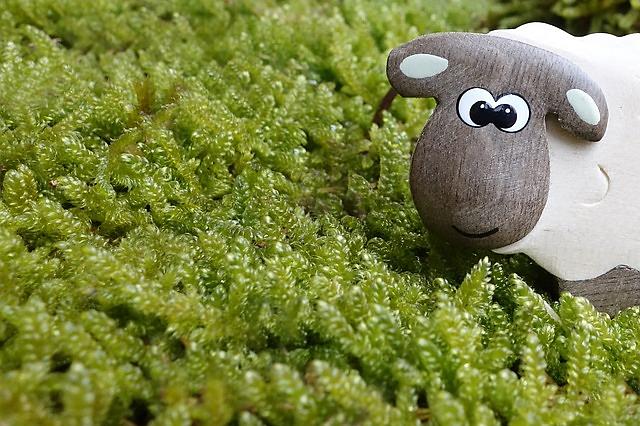
by Fern Shaw | Nov 9, 2015 | water cooler
Funny story. I social media-ed a friend the other day to ask him his opinion on a newish restaurant in our area – the type of jeuj (my word) restaurant that one usually only finds in town or city centres. He replied that the food was really good, but his one question was in the form of a hashtag #wewantplates, as apparently most of their courses were served on stone type boards reminiscent of the ‘80’s steak house grub that used to come on sizzling hot rocks and invariably take your eye out with the fat splatters* (more about this later).
Then this week, while having a gander at what’s trending in the U.K., I chanced upon a hilarious and rather troubling Twitter campaign titled – you guessed it – @wewantplates.
**The account was set up by Ross McGinnes, a journalist from West Yorkshire after a friend posted a photo of a steak on a slate online.
In just a week, the campaign has already attracted some 5,000 followers with his series of witty ripostes to restaurants who have dared to inject a large portion of gimmick into their presentation of meals.
Examples of novelty food presentation ranged from high tea set out on mini gardening benches through to bread in a hat. Yes, really, bread served in a flat cap. Hopefully, the cap hadn’t been worn before.
Other novelties include deconstructed tea served with milk in test tubes; Brie balls served in Camper shoes; bread served in slippers (not kidding) in Switzerland and butter slivers served on a broken bathroom tile.
Aside from the sizzling hot rock fiasco, I think the most adventurous I’ve ever ventured is to eat lunch (nothing too soggy, mind) off a wooden breadboard at my German mate’s house – and I survived, so all good. I believe I’d draw the line with any of the above presentation styles though, but without doubt, the one novelty serving style that would mean my bottom not even touching the chair would be an Italian restaurant where diners are invited to tuck into a sharing portion of spaghetti and sauce on a bare surface. Mamma mia, no! Just, no!
*In the spirit – aha – of complete transparency to do with ‘hot rock’ cooking, I went one step further in trying to remove my face at one of these occasions by splashing loads of spirit vinegar over my chips while my steak was still ‘cooking’ and almost succeeded in flambéing not only myself but my dinner companion. This is just another reason why people start up campaigns like @wewantplates – the ‘safety to the diner’ factor.
When all is said and done though, isn’t it nice to know that at least you know when you swagger on up to your water cooler, you’re pretty much guaranteed of being reliably served up a cool draught of spring water or a mug of piping hot water, depending (of course) on which product you have on your premises. No bare bones, gardening shed, flat cap serving going on here, dear!
**extracts from an article at the Mail Online

by Fern Shaw | Oct 19, 2015 | water cooler
I was trolling the net, looking at what’s trending this week in the U.K. when it occurred to me – whatever happened to all of those ‘Pet Rocks’. No, I don’t mean your pet rocking out on some YouTube clip, I’m referring to the 1970 something craze of having your own Pet Rock to take care of.
In case you don’t have a clue as to what I’m referring to, here’s some more info, ‘In April 1975, Gary Dahl (founder of the pet rock) was in a bar listening to his friends complain about their pets. This gave him the idea for the perfect ‘pet’: a rock. A rock would not need to be fed, walked, bathed, or groomed; and would not die, become sick, or be disobedient. He said they were to be the perfect pets, and joked about it with his friends. Dahl took the idea seriously, and drafted an ‘instruction manual’ for a pet rock. It was full of puns, gags and plays on words that referred to the rock as an actual pet’ – Wiki
Now you know. If you missed this trend or craze, for whatever reason, bet you’re pleased round about now! But what about other crazes or trends in the last few decades that we look back at and can apply the oft used expression, ‘I’m so glad there wasn’t any social media when I was growing up’? Here are a few examples that may have you groaning into your water bottle:
Tamagotchi’s; Mr Motivator; Sega Mega Drives and Tetris.
Yo-yos; jelly aliens in plastic eggs; Pokémon cards and glow-in-the-dark jewellery.
Banana and butterfly hair clips.
Big hair; leggings and, of course, the ubiquitous Shell Suit. In case you were wondering what a shell suit was, this was big, fashion wise, in the eighties. The shell suit was a pretty bizarre fashion statement, jumping on the leisure wear trend à la Flashdance. It was a trend that allowed people who blatantly never did any form of exercise to look like they did, and it came in the form of nylon waterproof trousers and a matching jacket. It was during this time that fluorescent materials were at the very peak of their popularity. This meant that all manner of different garish colours and fluorescent strips were thrown together and it really didn’t matter if it clashed or not – in fact, if it did clash that was all the better.
While I was writing this and chuckling meanly to myself about how awful some of the trends i.e. the shell suit, were back then, and congratulating myself about how we truly have come a long way, baby, a thought occurred to me. In a word – the Onesie.
‘nuff said. Trolling trend water cooler critiquer out.

by Fern Shaw | Aug 24, 2015 | Water Boilers, water cooler
Let’s fact check here for a moment.
This is a blog page.
The running (aha) theme is generally about all things watery.
There’s heaps of information about the supply of water and how we deliver said water to you, dear customer, through the provision of our spankingly smart range of:
Bottled Water Coolers
Mains Fed Water Coolers
Water Boilers
Hotel and Catering Solutions
Water for Schools
Water Fountains and
Accessories
so, it’s important to keep you informed about the importance of drinking water; to advise about how to keep from becoming dehydrated (occurs more often and easier than you might think); what to drink; how often to drink it and in general; how to keep yourself healthily hydrated.
But the one question I don’t think I’ve asked as yet is: What makes you thirsty?
Are you like me where when you go to the pictures, it’s not officially an occasion unless you have a bucket of very over-salted popcorn and then when your tongue swells up and you feel like you’ve been eating dry desert sand, you wonder why you are so thirsty?
or, are you more of a be out all day in warm weather, keeping active, running from place to place, sweating a bit and wait-until-the-last-minute where you’re absolutely parched and then you guzzle fizzy drinks (packed full of bad sugars) which will probably make you more thirsty than before you drank them.
or, do you load up on the Chinese or American fast food which is packed with too much salt (and then you still add loads of salt to your meal or chips) and again, wonder why you’re feeling so thirsty?
Whatever your thirst metiér is, I’m sure it doesn’t help realising that most of our extreme thirst is self-imposed. Us humanoids, such silly beings, aren’t we?

by Fern Shaw | Jul 31, 2015 | water cooler
Caught me by surprise too – smoaster – what the hey does that mean, I asked myself? Being all things food and drink, I though perhaps it was something to do with s’mores or boasting at the water cooler, but it isn’t. Apparently, it’s unnecessary boasting on social media, which begs the question – is there any boasting on social media that is necessary? Probably not, I suppose.
Examples of smoasting would be something like:
* Having a great day! Not vs. having had a bad day previously, but just trumpeting for no rhyme or reason that you’re having a great day. Necessary? Not likely.
*Smoasting repeatedly about your session at the gym, ’Did abs today!’ or ‘Shoo, some workout’ – again, probably unnecessary.
*Boasting about your child’s achievements, no matter how mundane or insignificant to others. Your 19 month old just counted to 10. Something to be proud of? Absolutely! Necessary to smoast about? Again, unlikely.
Consistent self-congratulatory smoasting is bad enough, but smoasting about your children could be potentially dangerous.
I wonder whether our need to feel liked and accepted overcomes our common sense in such instances. If you’re posting endlessly about your new born; toddler or worse, setting them up with their own social media account, is this akin to displaying your child on a huge billboard in Hyde Park? And if it is, would you do so?
Perhaps I’m being a little serious and Mother Grundy about this, but perhaps, also, this is something to consider when you’re next tempted to smoast about every single minutia in not only, your own life, but that of your kids.
As for me, I’m heading up to the water cooler to smoast about how I learnt a new word today. Trendy, me!

by Fern Shaw | Jul 31, 2015 | water cooler
Having a great love of all things English – the language itself, the gram-mar, pronunciation, etc. – I’m always interested in the foibles and eccentricities that I hear about or read. In particular, I often wonder where certain expressions originate from and how they are propagated.
Like how did counting sheep become synonymous with falling asleep? And who coined the expression, ‘I should cocoa’?
According to Wiki, using sheep as a method of counting originates from ‘a story of counting sheep in the early twelfth-century Spanish work Disciplina Clericalis. The section – The King and his Story-teller – uses the idea of counting sheep humorously.’ Many centuries later this morphed into the repetitiveness of counting sheep as an idea to lull one into sleep.
‘I should cocoa’ – Two trains of thought (see? there’s another one!) here:
- Some believe this idiom comes from ‘I should think so’, but is normally used sarcastically to mean the opposite.
- This earnest if baffling expression of agreement comes from cockney rhyming slang. The phrase when used in full is “I should coffee and cocoa”, meaning “I should say so”.
(Know your) onions – An early editor of The Oxford English Dictionary was Charles Onions, and it became a compliment to say that someone knew as much as Onions. However, there is a rival belief that the expression derives from cockney rhyming slang, where instead of saying a person knew a lot of things, they’d say he knew “a lot of onion rings”.
Vent your spleen – Before modern medicine, it was held that particular organs were the ‘seat’ of certain emotions. The spleen was thought to be the origin of a person’s ill-humour, bad temper and mirth. Over the centuries, the mirth somehow became forgotten and only outbursts of bad temper are now blamed upon the spleen.
Then, there’s one of my favourites:
Bob’s your uncle – In 1885, Prime Minister Robert Cecil appointed Arthur Balfour as President of the Local Government Board and, the following year, Secretary for Scotland with a seat in the cabinet. In 1887, Balfour was given the highly prestigious post of Chief Secretary of Ireland. Did this effortless rise owe something to the fact that Robert Cecil was Balfour’s uncle? Many people thought so, and we acquired today’s handy expression for cause and effect.
Would be especially fun if I did have an Uncle Bob, but sadly I don’t. (I did, however, for years, say that the actor, Robert Shaw, was my uncle, but that’s a whole other story).
So here’s some fodder for you to share on your water cooler runs. People will think you’re all that with this knowledge tucked under your elbow. See? There’s three more, right there! Gosh, you’re clever!
by Fern Shaw | Jun 19, 2015 | water cooler
The Summer Holidays will soon be upon us and for many parents this can be more a cause for concern than a reason to celebrate – namely, what are the kidlets going to doooo all summer?
Stroll-surfing along the internet, I happened upon this rather lovely article:
*‘An Italian teacher has decided to forgo setting the usual holiday homework for his students and has instead given them a list of life advice.
Most schoolchildren in Italy are given school work to complete over the three-month summer holidays, which stretch from mid-June to mid-September. But Cesare Cata, who teaches at a secondary school in the central Le Marche region, wants his students to use their time off for less academic pursuits. “At least once, go and watch the sunrise”, he writes in the 15-point ‘homework’ list, which has since gone viral. Students are also told to wander beside the sea in the morning “thinking of the things you love in life”, and to dance shamelessly when the mood strikes, because “summer is a dance, and it is foolish not to take part”.
Students are told to dream of what they want their lives to be.
Mr Cata doesn’t want students to forget school completely, though, and urges them to read widely and use all of the new terms they learned in the past year. “The more things you can say, the more things you can think; and the more things you can think, the freer you are,” he says.
More than 3,000 people have shared the teacher’s Facebook post, and hundreds have left positive comments. “I wish I’d had a teacher like you who encourages reflection and introspection,” one person writes. The list seems to have struck a chord with many parents, who say they have shared it with their children. “Homework for life, not just for a season,” one Facebook user says, while another declares: “With a teacher like you, I would go back to school tomorrow!”
For your inspiration and reading pleasure, I’m including an extract of Cesare’s ‘homework’ – you’re to keep in mind that this is a very rough translation!
“1. In the morning, sometimes go to walk by the sea in total solitude: look how the sun is reflected and, thinking about the things you love most in life, feel happier.”
- Try to use all the new terms learned together this year: more things you can say, the more things you can think of; and more things you can think of, most are free.
- Read as much as you can. But not because you have to. Read why summer inspires dreams and adventures, and reading you feel like swallows in flight. Read why it is the best form of revolt to have (for suggested reading, ask me).
- Avoid all things, situations and people that make you negative or empty: Look for challenging situations and the company of friends that will enrich you, understand and appreciate you for who you are.
- If you feel sad or scared, do not worry: the summer, as with all the wonderful things, tries to make trouble the soul. Try to write a diary to tell your state (in September, if you like, we will read together).
- Dance. Shameless. On the track under the box, or in your room. Summer is a dance, and it is foolish not to take part.
- At least once, go see the sunrise. Remain silent and breathe. Close your eyes, grateful.”
When I think of all my homespun philosophies I bandy about at the water cooler, I admit to being a little embarrassed – this advice is really inspirational. Never mind the school children, I think I’ll be practising some of these ideas myself.
*from an article at the BBC – News from Elsewhere





